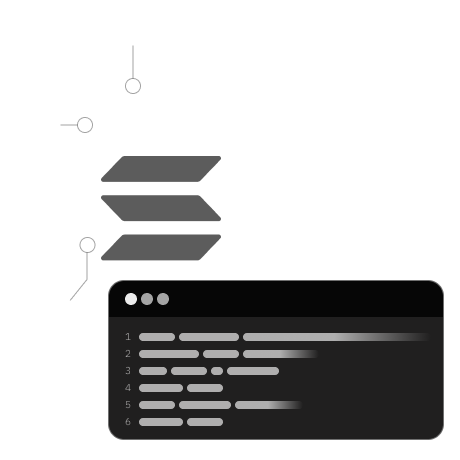In this part of Module 3, you'll delve into the practical aspects of coding a flip program that leverages Cross-Program Invocation (CPI) techniques in Solana using Solidity. You will start with creating an interface in Solidity and then move on to writing tests for the program using `TypeScript`, followed by building, deploying, and testing the flip program.

b
Conclusion for Flip Program
Throughout this lesson, we have extensively examined the concept of composability in Web3, specifically focusing on its implementation in Solana using Solang, a Solidity-compatible compiler.
Theoretical Aspects:
- We explored cross-program invocation (CPI) and the process of initiating it using the
invokemethod. This included setting up the necessary instructions for the invocation. - We delved into how Solang handles cross-program invocations, emphasizing the automatic generation of the
invokefunction by the Solang compiler.
Practical Application:
- We guided you through a practical example, creating a flip functionality to toggle power on and off. This demonstrated the application of CPI in a real-world scenario.
Looking Ahead:
- In upcoming modules, we will delve deeper into
invoke_signed, which involves using Program-Derived Addresses (PDAs) for cross-program invocations. This will expand our understanding of more complex scenarios in Solana programming.
For additional information and to deepen your understanding, you may explore the following resources:
- Solana CPI Overview: Solana Cookbook - CPI
- Inter-Program Communication: Solana Docs - Calling Between Programs
- Solang Documentation: Solang Compiler Docs
- Solang Solana Libraries: Solang GitHub - Solana Library
- Invoke Method Reference: Solana Program Library - Invoke
This concludes our exploration of the CPI Flip program using Solidity in Solana. The knowledge gained here lays a strong foundation for developing more advanced and intricate blockchain applications on the Solana platform.